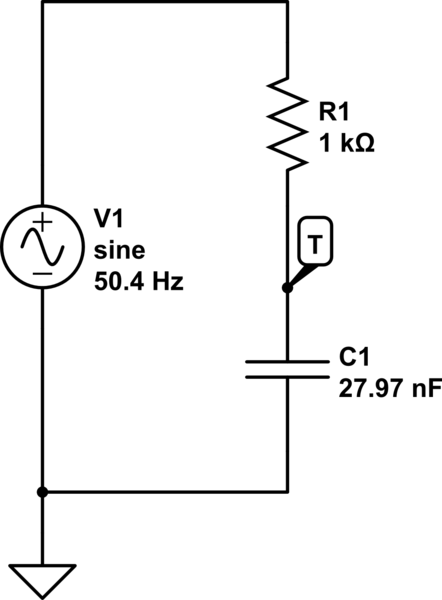I am trying to learn about resonance in AC circuits and, in reading about them, one thing that made sense to me was the concept of a tank circuit. One should be able to input little bits of energy into a tank (or "resonant") circuit, and see this built up into something more, pendulum-sty le.
For example, the ARRL Extra Class License Manual says "[F]or resonant circuits such as tuning networks for amplifiers... internal voltages and currents can become high enough to arc across tuning capacitors or melt soldered connections, even at modest power levels." I wanted to observe this phenomenon in action. So, I made this in Falstad:
Sure enough, when I begin simulation of this circuit, current flow outside the tank circuit gradually zeroes, while current flow within the tank circuit builds to a crescendo. However, I have not found any way to insert a voltmeter or ammeter into this circuit and observe any numbers that reflect the claims in the ARRL Extra Class License Manual.
What am I misunderstanding here? Where can I observe these large voltages and currents that come with a resonant circuit?






